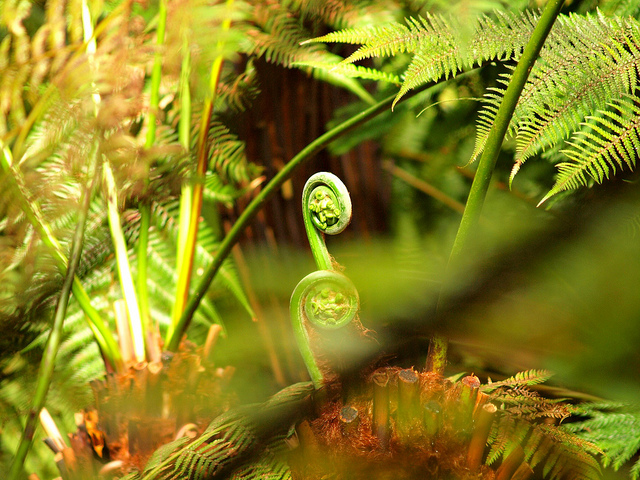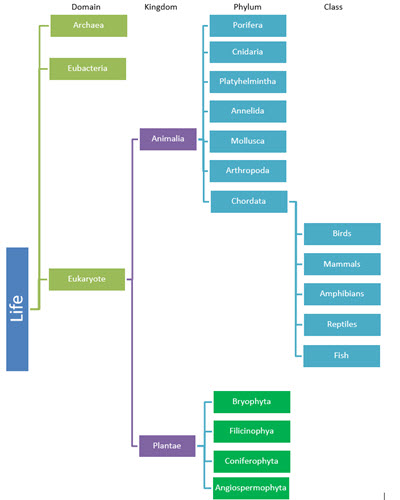Evolution: Activities for Learning
Lesson Plans for the Evolution and Biodiversity topic
These learning activities cover the IB guide for this topic. Lesson plans include resources to use on an interactive whiteboard and worksheets to print. There is a mix of laboratory work, theory lessons, and assessment materials with model answers.
Evidence for evolution - planning sheet 5.1This simple sheet sets out the learning objectives, essential questions and some ideas for assessment for the following activities. |
|
 |
Evolution IntroductionTime: 1h After watching a short video introduction to evolution students answer questions to complete structured notes, about the different types of evidence which support the theory. This is followed by an activity which illustrates the way evolution causes a gradual change in heritable characteristics. In a final activity students look at evidence provided by the fossil record, selective breeding of domesticated animals and homologous structures. |
Natural selection - planning sheet 5.2This simple sheet sets out the learning objectives, essential questions and some ideas for assessment for the following activities. |
|
 |
Variation & overproductionTime: 1h To understand how natural selection leads to evolution it is important to know about variation and overproduction of offspring. These two concepts are the key to understanding evolution. In this activity students see examples of variation in different populations, make links with the genetics topic and consider the nature of overproduction of offspring in sexual reproduction. |
 |
Evolution examplesTime: 1h A final look at evolution, piecing together the factors considered previously, variation, overproduction of offspring with the concept of natural selection to give a full picture of Darwin's theory. There is a great animation which explains evolution and some IB style Evolution Questions on finch beak size |
Classification of biodiversity - planning sheet 5.3This simple sheet sets out the learning objectives, essential questions and some ideas for assessment for the following activities |
|
 |
Classification & binomial namesTime: 1h Students will learn how to classify organisms according to their taxonomic group, and how to understand the binomial nomenclature. These are a few introductory slides and then a card sorting activity linked to research about a selection of twelve animals which illustrate some of the main points of classification. |
 |
Classification of PlantsTime: 1h Starting with some self study activities students begin to learn the names and features of the four plant phyla required for IB. Then, using a dichotomous key students search for examples of each phyla in simple fieldwork or a lab activity. There is also a structured notes sheet showing all the classification groups in the new IB guide and a gallery of plant images if fieldwork is not possible. |
 |
Classification of AnimalsTime: 1h Students will learn how to identify the main groups of animals by their external features and how to group them into the seven phyla and five classes of chordates. There is an introduction to binomial nomenclature and an explanation of the hierarchy of the different taxonomic groups. The last activity contains some IB style questions on animal classification.. |
 |
Classification gamesTime: 1h Learning the key features of the animal and plant phyla requires some repetition and is not really much fun. So this activity tries to change that. Using a simple set of cards students learn the names of the phyla and their characteristic features |
Cladistics - planning sheet 5.4This simple sheet sets out the learning objectives, essential questions and some ideas for assessment for the following activities. |
|
 |
Intro to cladisticsTime: 1hr What is a clade? How can we explain analagous and homologous traits using cladograms and clades. What do we need to know. |
 |
Reclassification of figworts using cladisticsTime: 1hr A practical Biology lesson that will illustrate the discovery of new evidence for classification of Figwort and other species using cladistics. |

 IB Docs (2) Team
IB Docs (2) Team
